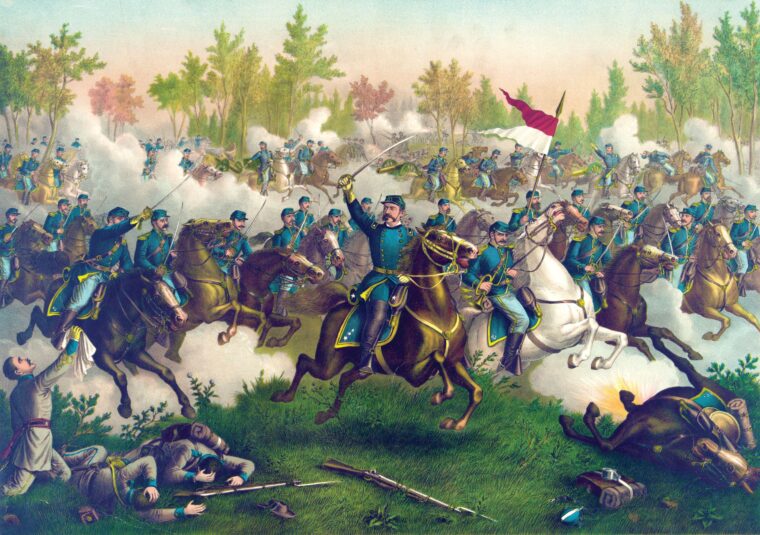
Civil War
‘A Bad Place for a Fight’
By Mike PhiferIn the early hours of October 19, 1864, fog blanketed the hills and fields along the meandering Cedar Creek in the northern Shenandoah Valley. Read more
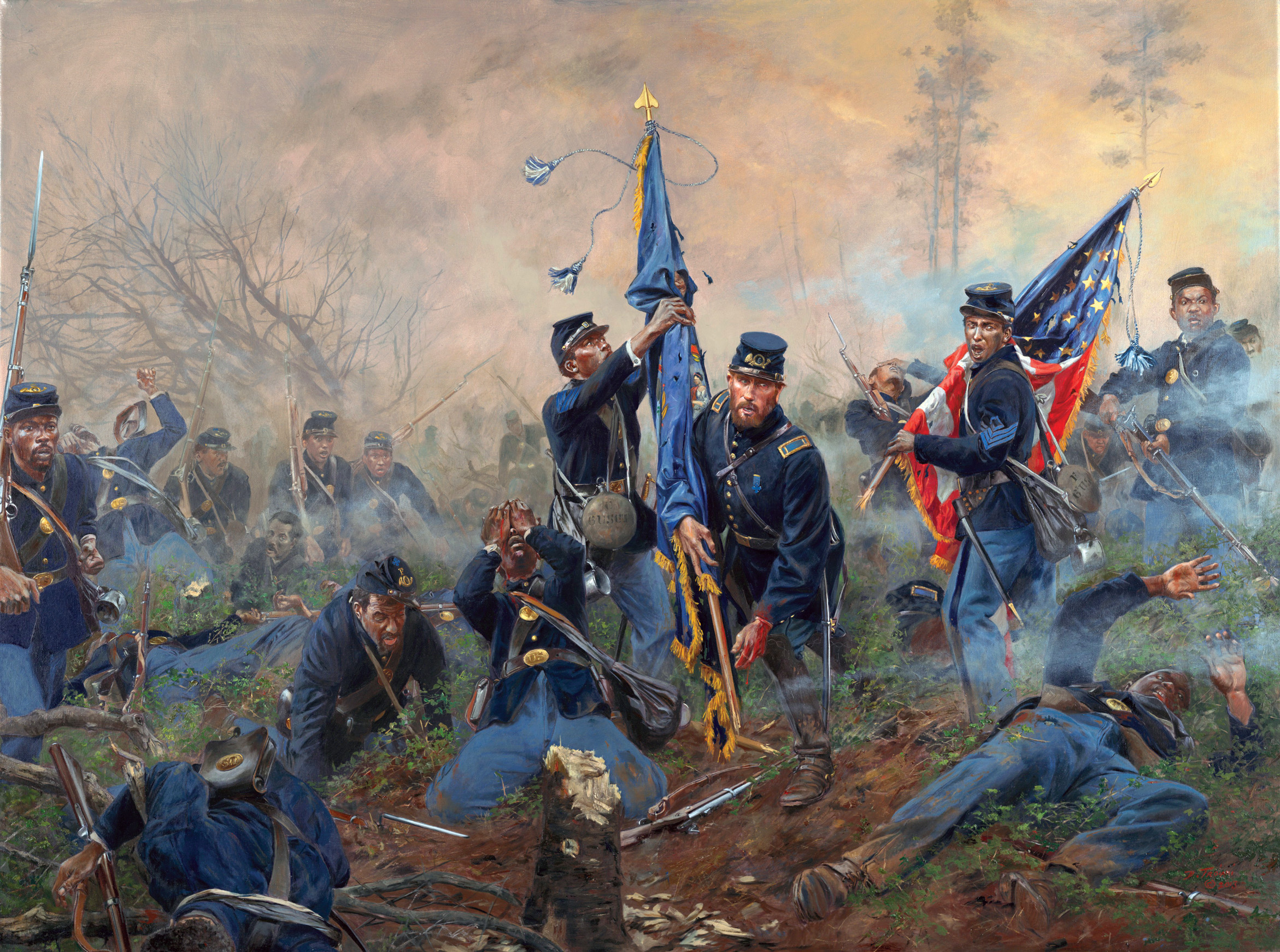

Civil War
In the early hours of October 19, 1864, fog blanketed the hills and fields along the meandering Cedar Creek in the northern Shenandoah Valley. Read more
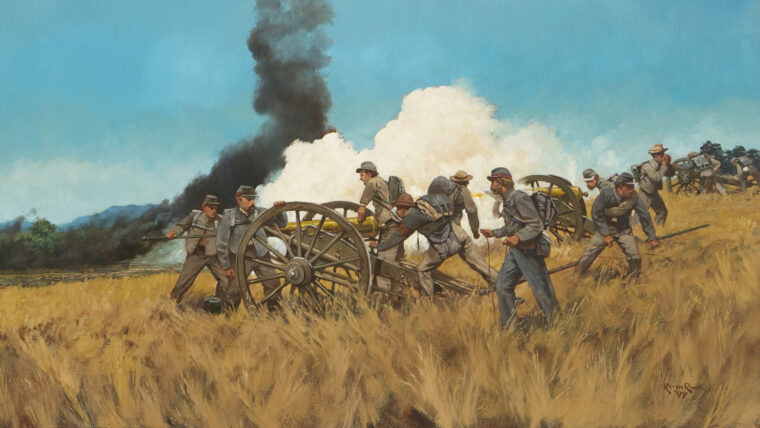
Civil War
On September 7, 1862, Colonel Walter Taylor of General Robert E. Lee’s staff wrote to his sister: “The Yankee papers of the 6th exhibit a gloomy picture for our enemy. Read more
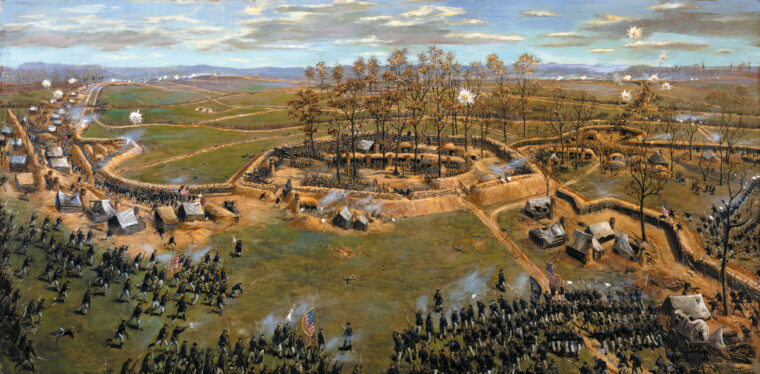
Civil War
By the early spring of 1865, the Southern Confederacy was on the cusp of extinction. In every theater of the four-year-old Civil War, the gray-clad Rebels were getting the worst of things. Read more
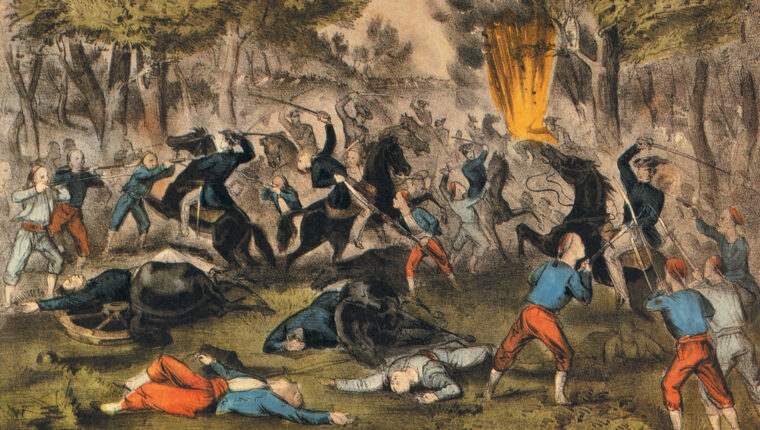
Civil War
“But for you, there would have been no Battle of Bull Run.” When Confederate President Jefferson Davis made that blanket statement in the summer of 1862, he was not addressing Pierre G.T. Read more
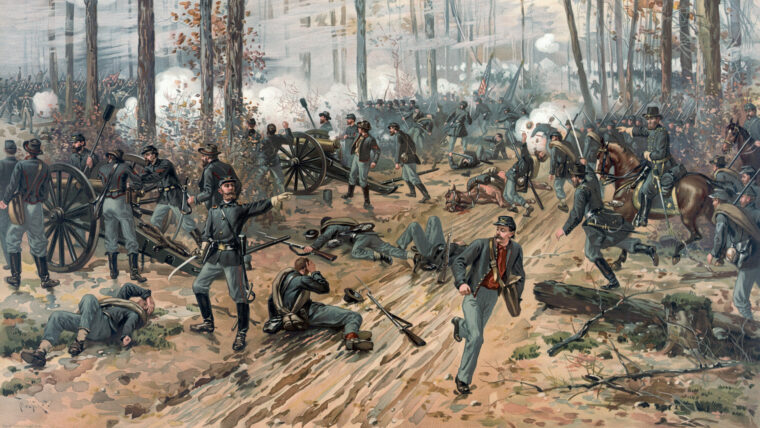
Civil War
By the end of the winter campaign of 1861-1862, Union Maj. Gen. Ulysses S. Grant had shattered the Confederate defenses in northwest Tennessee with a combined land and water attack on Forts Henry and Donelson, forcing General Albert Sidney Johnston to abandon his bastion at Nashville and retreat southward. Read more
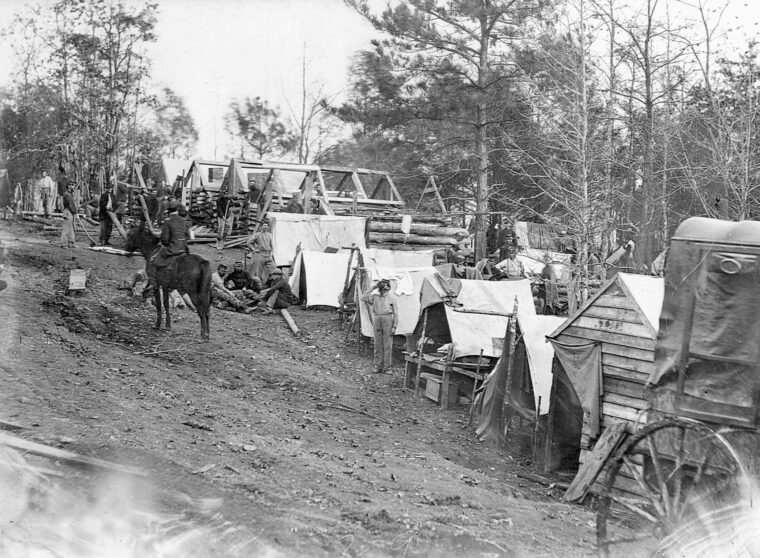
Civil War
Before the fighting even began, before the first impassioned chorus of “On to Richmond!” was raised by the men in blue, the soldiers comprising the Union Army of the Potomac during the Civil War had to create their own precarious living quarters in the forested wilderness of the eastern seaboard. Read more
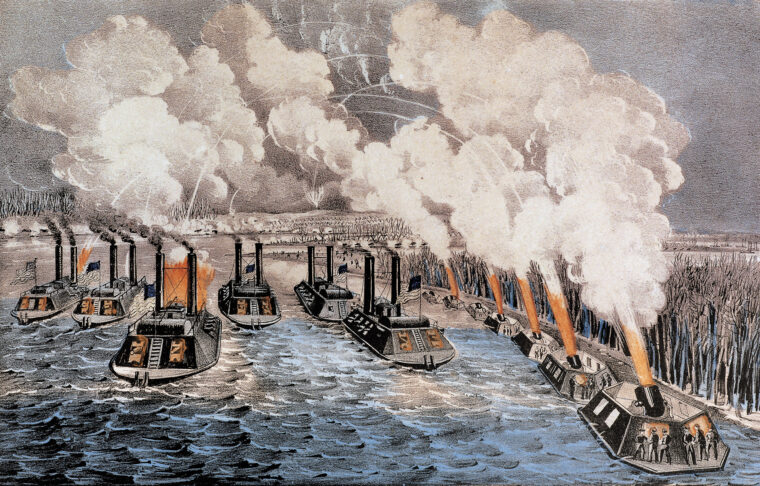
Civil War
With its whistle blaring, the Confederate gunboat Grampus steamed into Madrid Bend, where Missouri, Kentucky, Tennessee, and Arkansas come together on the Mississippi River. Read more
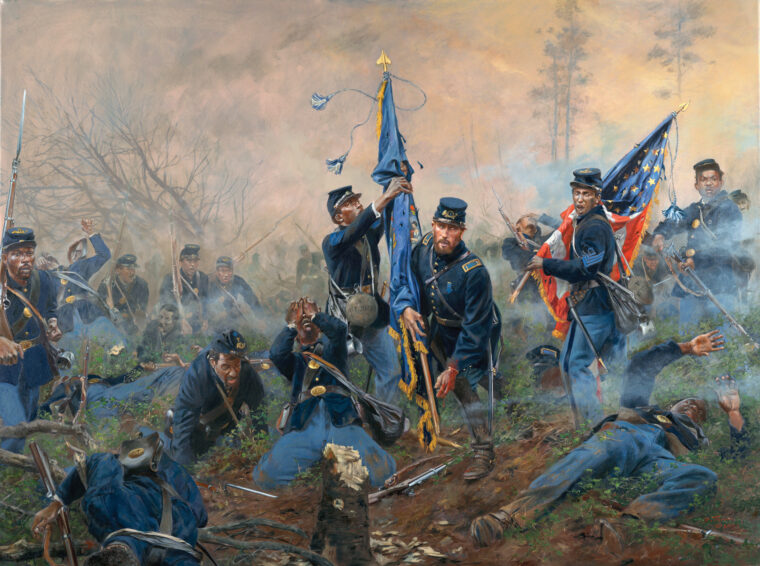
Civil War
Reports of a massive enemy force crossing the James River to assail the paper-thin Confederate lines defending Richmond reached Lt. Read more
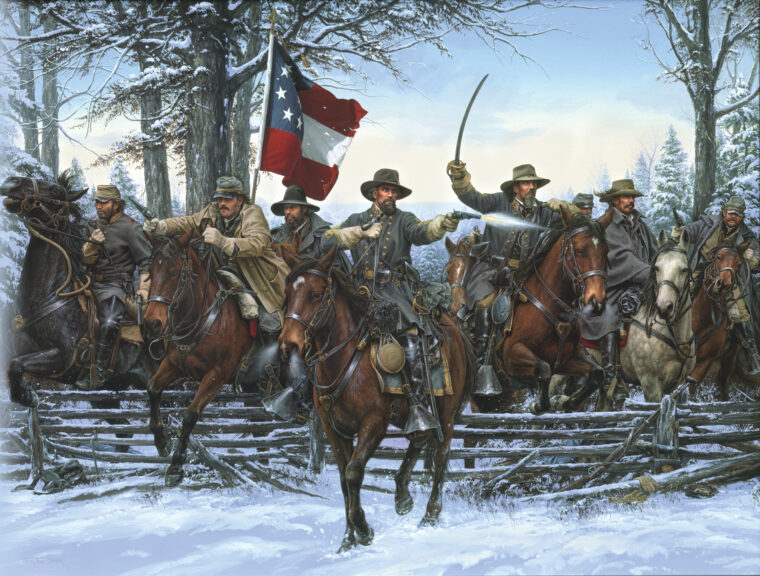
Civil War
The winter of 1863 was a time of general inactivity for the exhausted armies in middle Tennessee. Read more
Civil War
In the days following the outbreak of war, Northern states scrambled to assemble small militia groups into regiment-size units, recruit additional volunteers and uniform them all in a cohesive manner. Read more
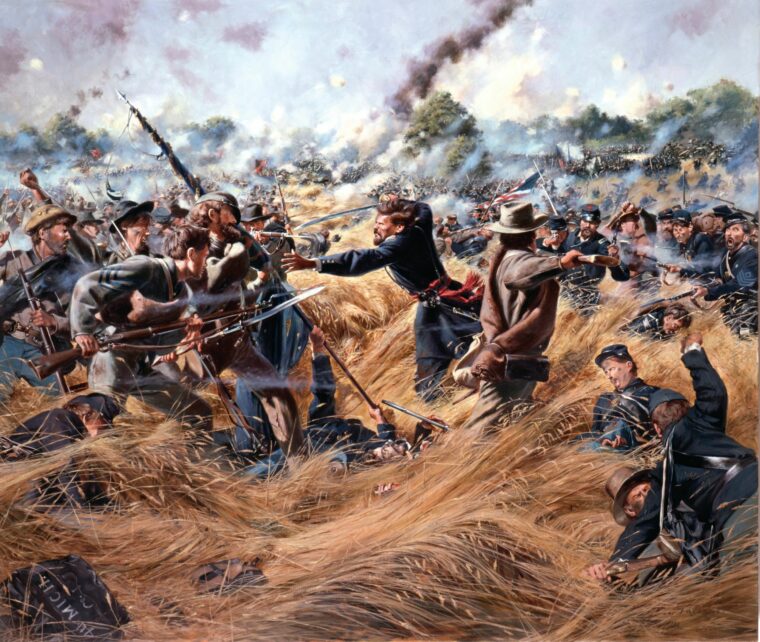
Civil War
It was about four o’clock in the afternoon of July 2, 1863, when Colonel Ira Coray Abbott ordered his regiment to halt on a low rise called “Stony Hill,” near Gettysburg, a small town in southern Pennsylvania. Read more
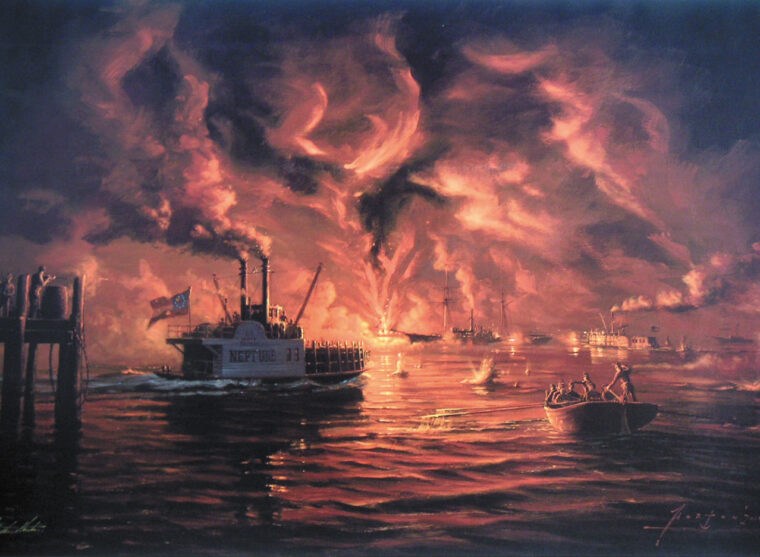
Civil War
When Texas seceded from the Union on February 1, 1861, it did not take long for the new Confederate government to realize that the state’s 385-mile coastline was extremely vulnerable to enemy assaults. Read more

Civil War
Ever since Julius Caesar’s legions conquered Gaul, opposing armies have built temporary fortifications, or fieldworks, during campaigns in the open countryside. Read more

Civil War
Peering through a pair of field glasses, Major General Nathan Bedford Forrest perched in an oak tree on Missionary Ridge, overlooking the Tennessee town of Chattanooga, and observed a Union army in complete disarray. Read more

Civil War
In 1864, the Civil War was raging across the United States. At the epicenter of the seemingly stalemated conflict was the vital Confederate stronghold at Petersburg, Va. Read more
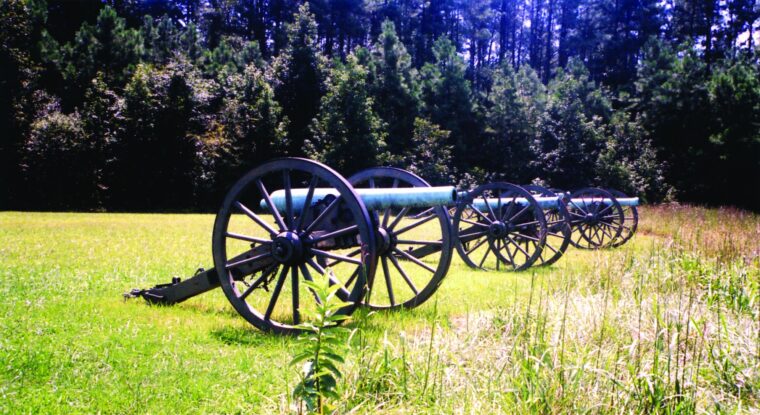
Civil War
The crater that punched a hole in the Confederate lines and threw a 200-foot umbrella of dirt, men, and guns into the air on July 30, 1864, could today be mistaken for a gentle dip in the rolling, slight hills of the Petersburg countryside. Read more
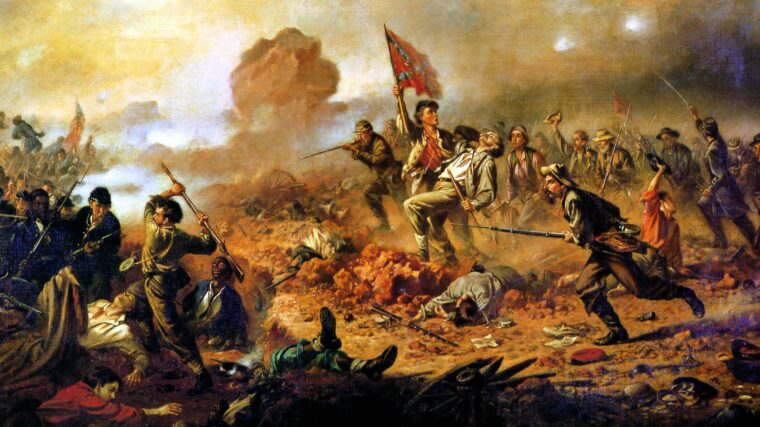
Civil War
In the summer of 1864, after six weeks of virtually constant combat in the Wilderness area of northern Virginia, the Union and Confederate armies of Ulysses S. Read more
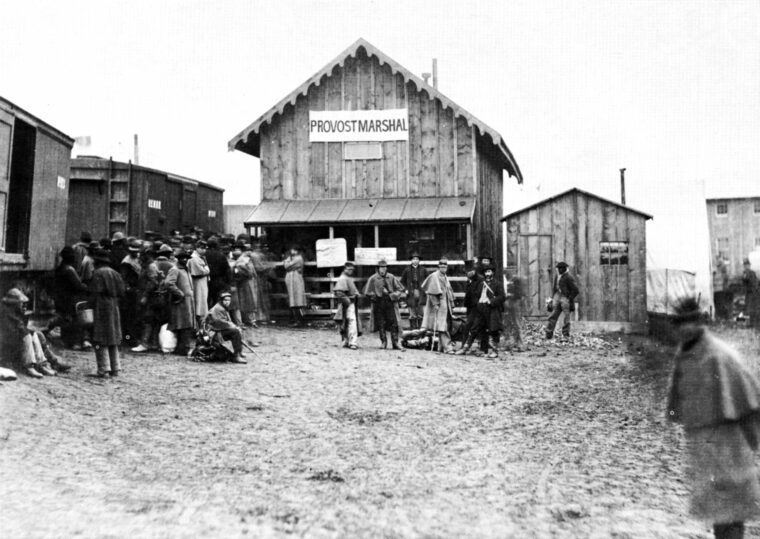
Civil War
With the bombardment of Fort Sumter in April 1861, the Civil War began in earnest. The first recruits, on both sides, were completely uninitiated in the ways of military life. Read more
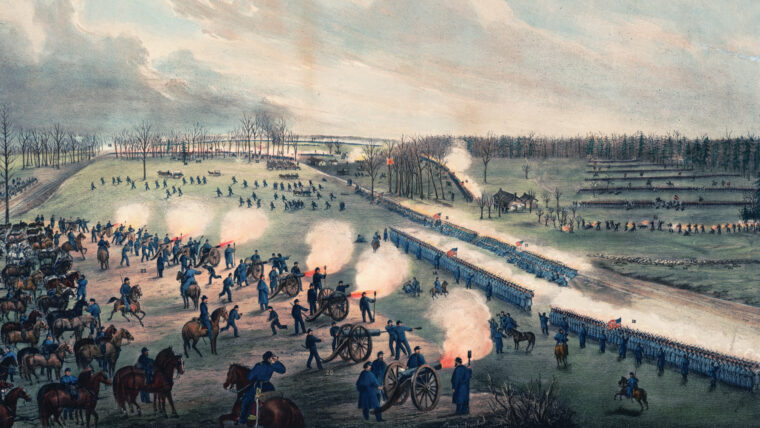
Civil War
For weeks, Maj. Gen. William Rosecrans had been hearing increased grumblings from Washington about how he should move his army out of Nashville and strike General Braxton Bragg’s Confederate forces 30 miles away in Murfreesboro. Read more
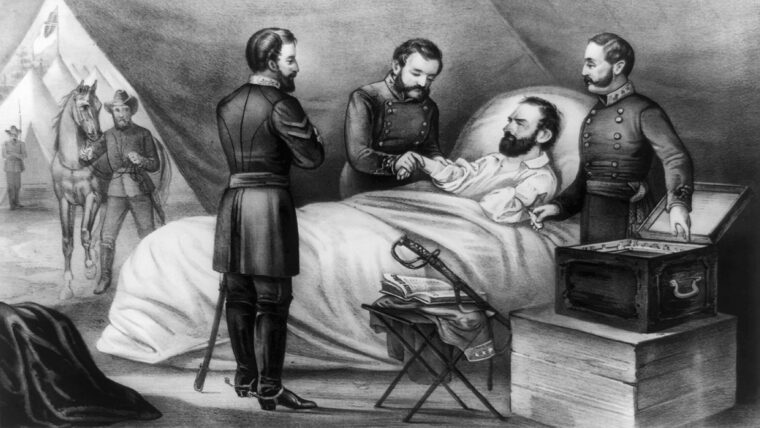
Civil War
Following his greatest victory, at the Battle of Chancellorsville on May 2, 1863, Confederate Lt. Gen. Thomas J. Read more